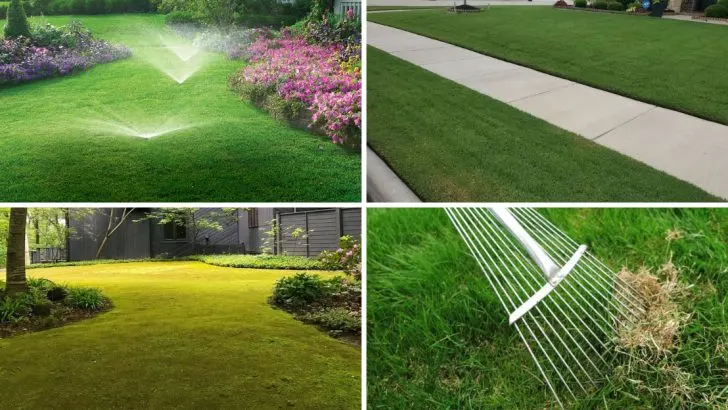Taking care of your lawn can feel like a never-ending task, and with so much advice out there, it’s easy to get confused about what actually helps your grass thrive. Some common lawn care practices might seem harmless, but in reality, they can be doing more harm than good. From myths about watering to misconceptions around mowing, these ideas can lead to frustration and a less-than-perfect lawn.
In this guide, we’ll look at 16 popular lawn care myths that could be hurting your grass. By clearing up these misconceptions, you’ll be able to approach your lawn care routine with a fresh perspective and make choices that actually benefit your lawn in the long run.
Grass Needs Daily Watering
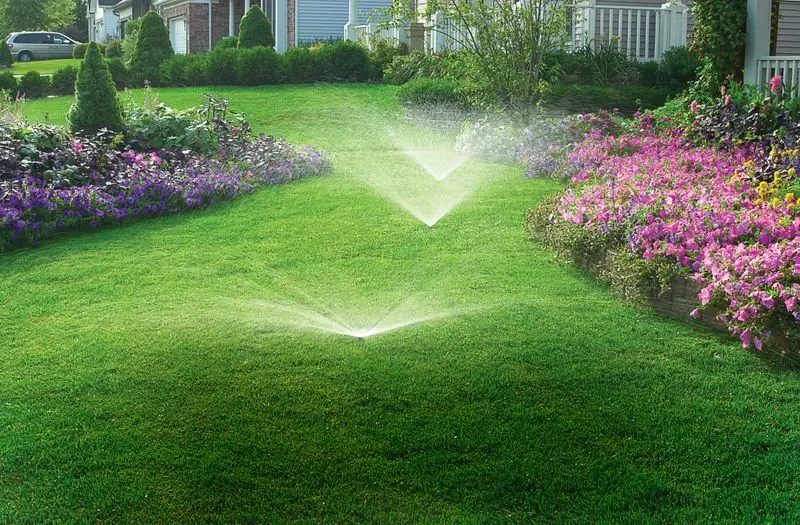
Many believe that daily watering is essential for a verdant lawn. However, frequent shallow watering encourages weak roots. Instead, deep and infrequent watering is ideal. It nurtures robust root systems that delve deeper into the soil, making grass resilient to drought and pests. Imagine a moist sponge, absorbing water below the surface. The key is consistency, not quantity. Water early in the morning to minimize evaporation, allowing grass to dry by dusk. This practice reduces the risk of fungal diseases. Local weather patterns and soil types can also dictate watering needs, offering a more tailored approach.
Shorter Grass is Healthier

Many homeowners mistakenly think that cutting grass short reduces mowing frequency. However, scalping the lawn actually stresses the grass. It weakens root systems, making them susceptible to weeds and heat damage. A good rule is the one-third rule: never remove more than one-third of the grass blade in a single mow. This practice allows sunlight to reach the blades’ base while shading the soil, preventing weed seeds from germinating. Consider this like a haircut – trimming too much at once can damage the ends. Proper mowing height varies by grass type but generally should be about 2.5 to 3 inches.
All Fertilizers are the Same

The belief that any fertilizer will do is a misstep in lawn care. Fertilizers are tailored with specific nutrient ratios to meet different needs. The wrong type can lead to nutrient imbalances, causing more harm than good. It’s like cooking – each dish requires specific ingredients to succeed. Soil tests help determine the right fertilizer mix. Organic options might be best for some, while others need synthetic blends. The choice impacts not only grass health but also the local ecosystem. A well-balanced fertilizer fosters robust growth, deep green color, and a resilient lawn.
Dethatching is Always Necessary

Dethatching is often touted as a must for every lawn. Yet, not all lawns need it. Thatch, a layer of organic matter, can actually be beneficial in small amounts, acting like a protective blanket. Excessive dethatching can stress the grass, exposing roots and causing damage. It’s like exfoliating skin – overdoing it leads to irritation. Thatch up to half an inch thick is usually fine. Only when it exceeds this barrier does it block water, air, and nutrients. Use a rake or dethatcher judiciously, assessing whether it is indeed necessary for your lawn’s condition.
Spring is the Best Time to Seed
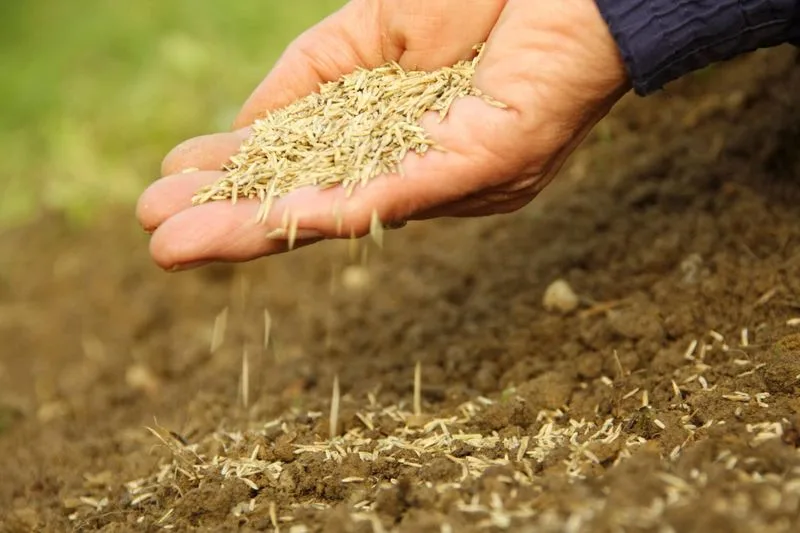
Spring seeding is a popular practice, but fall often proves more effective. Cool-season grasses thrive when planted in autumn. The cooler temperatures and increased rainfall provide ideal conditions for germination. It’s akin to planting a crop; timing plays a crucial role. In spring, weeds compete aggressively for space and nutrients. In contrast, fall planting gives grass a head start to establish before winter. This results in a denser, more resilient lawn come spring. Consider local climate and grass type for optimal results. Timing your seeding can transform a patchy lawn into a lush carpet of green.
Lawn Clippings Cause Thatch
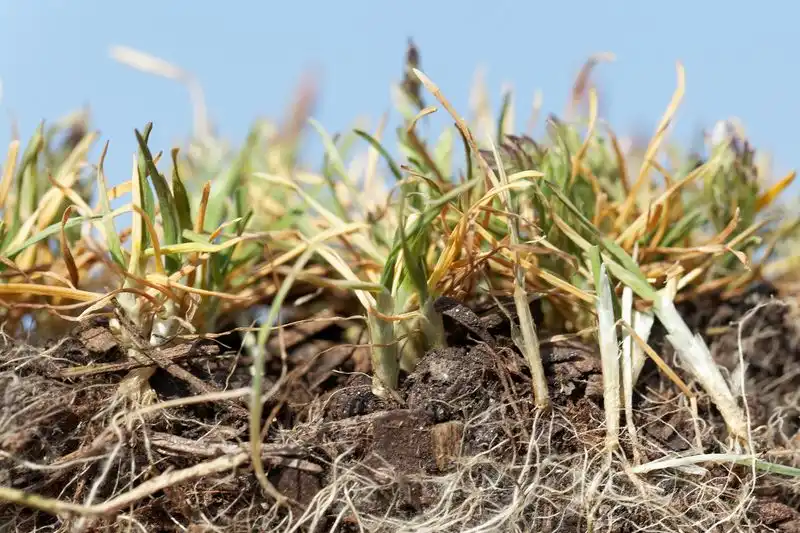
There’s a misconception that leaving clippings contributes to thatch build-up. In reality, clippings decompose quickly, adding beneficial organic matter back into the soil. They act like a natural mulch, conserving moisture and supplying nutrients. Imagine a forest floor, where fallen leaves enrich the ground. Proper mowing techniques, leaving clippings less than an inch, discourage thatch. Excessive thatching is more often caused by poor soil aeration or over-fertilization. Regular aeration ensures a healthy balance. Embracing clippings reduces the need for additional fertilizers and promotes a sustainable, thriving lawn.
All Weeds Must Be Removed
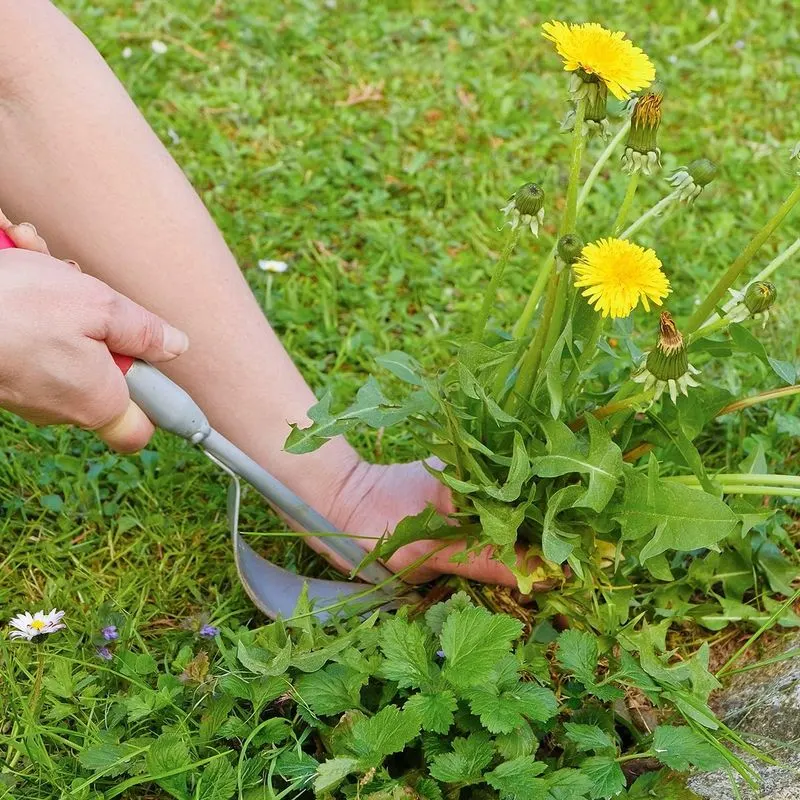
Eradicating every weed is an understandable impulse but not always necessary. Some weeds coexist harmlessly, adding biodiversity and resilience to lawns. A monoculture lawn is more susceptible to pests and diseases. Picture a wild meadow – diverse plants thrive symbiotically. Spot-treating invasive weeds rather than blanket spraying ensures beneficial insects remain unharmed. Furthermore, certain weeds improve soil health. Clover, for instance, fixes nitrogen, enriching the earth. Learning which weeds to tolerate or remove fosters a balanced ecosystem. This approach reduces chemical usage, supporting environmental health and a robust yard.
Aeration Can Wait

Many defer aeration, believing it’s a luxury task. Yet, compacted soil is a silent grass killer, suffocating roots by limiting air and nutrient flow. It’s like trying to breathe through a thin straw. Annual aeration relieves compaction, enhancing growth. Timing is crucial; fall is ideal for cool-season grasses. Core aerators remove plugs of soil, allowing roots to spread and water to penetrate. Think of it as giving your lawn a much-needed breath of fresh air. Regular aeration invites healthier, more vigorous growth, resulting in a resilient, lush landscape ready to withstand stressors.
Shade is Bad for Grass
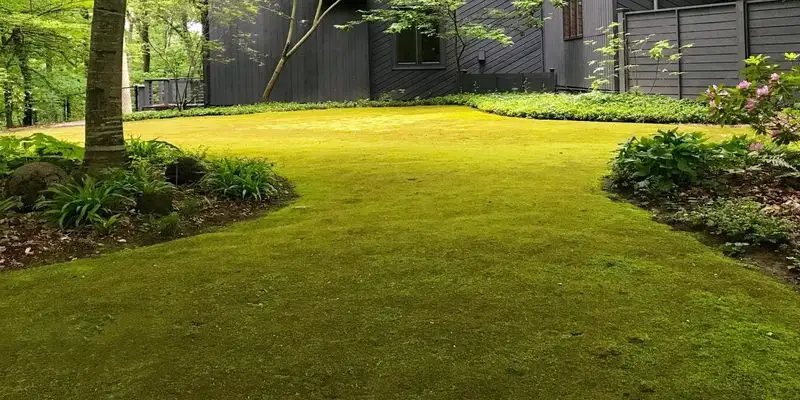
While full sun is ideal for most grass types, shade isn’t entirely detrimental. Many grasses tolerate shaded areas, developing lush, green blades. It’s akin to a plant adapting to grow under a forest canopy. The key is choosing the right grass variety. Fine fescue, for example, thrives in low light. Maintaining taller grass in shade allows for better photosynthesis. Avoid excessive foot traffic in shaded areas to reduce stress. This fosters a balanced growth environment. Rather than seeing shade as a challenge, view it as an opportunity to diversify your lawn’s ecosystem with suitable plant choices.
Chemical Treatments are Essential
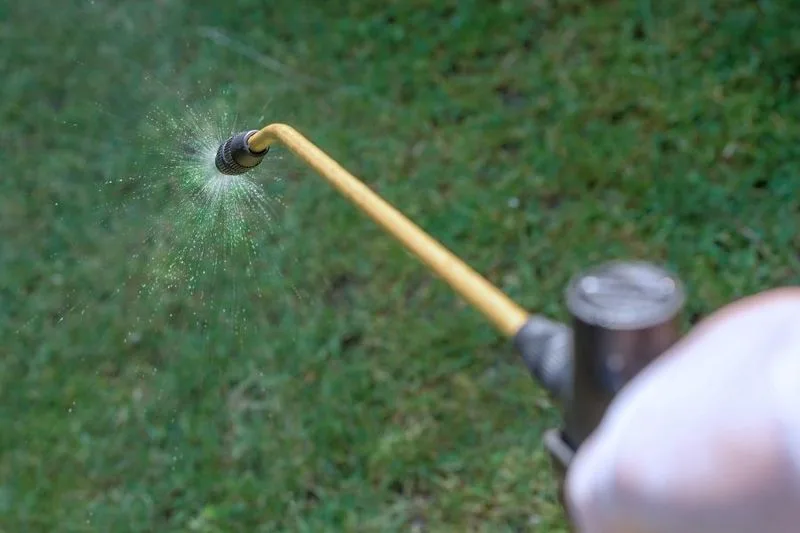
Relying solely on chemical treatments for a perfect lawn is a misconception. Natural methods can achieve equally vibrant results. Consider a chef choosing organic ingredients over synthetic ones. Integrated Pest Management (IPM) combines preventive, cultural, and biological controls, reducing chemical dependency. Healthy soil and proper mowing create a resilient lawn naturally resistant to pests and diseases. Overusing chemicals can lead to environmental harm and pest resistance. Embracing a holistic approach balances the ecosystem, fostering a sustainable and thriving landscape. Chemical-free lawns are not only safer but also more environmentally friendly.
Moss Indicates Poor Soil
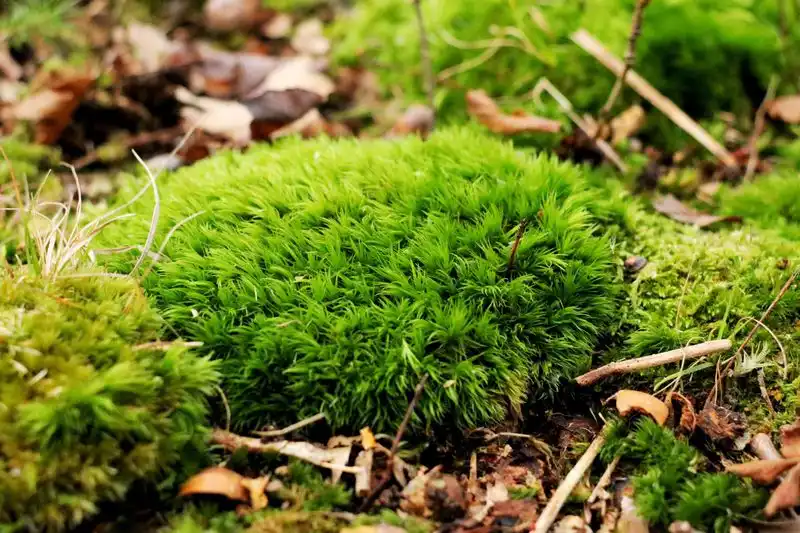
Moss often signals poor soil quality, but it’s not always a bad sign. Moss thrives in moist, shady conditions, often where grass struggles. Imagine a serene forest floor, rich with life. It can indicate compacted soil, low fertility, or poor drainage. However, moss can also fill bare spots, preventing erosion and adding a soft, carpet-like texture. Evaluate the area; sometimes, addressing shade, pH imbalance, or drainage suffices. Rather than fighting moss, consider it a low-maintenance alternative. Embracing its presence can enhance biodiversity, offering a lush, green appearance where traditional grass may not thrive.
Winterizing is Just for Cold Climates
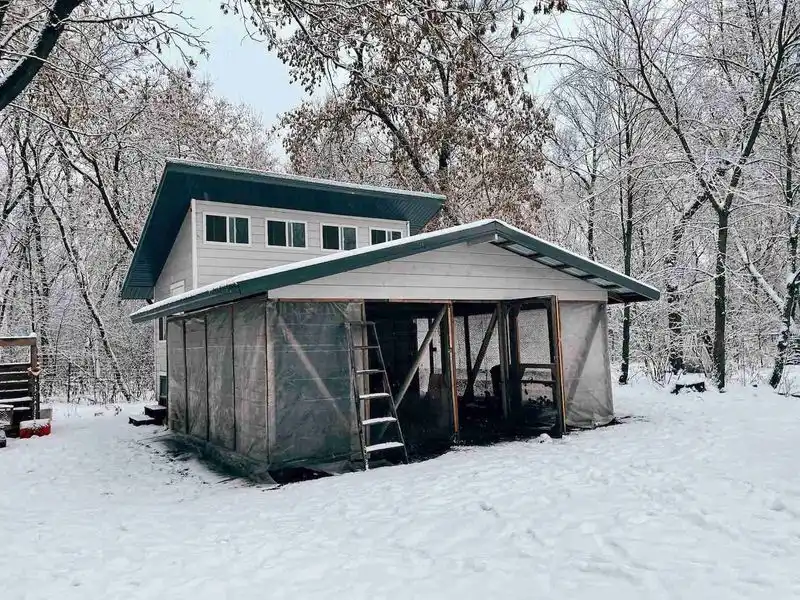
Winterizing is critical even in mild climates. Preparing lawns for colder months ensures robust spring growth. It’s akin to wearing layers to retain body heat. Applying a winterizer fertilizer strengthens roots, storing essential nutrients. This prepares grass to withstand winter stress. Protecting against snow mold, a common winter disease, is vital. In warmer climates, winterizing helps maintain color and health during dormancy. Consider overseeding with ryegrass for a year-round green lawn. Winterizing isn’t just about surviving the cold but thriving through it. Proper care in fall pays dividends in a lush, vibrant spring lawn.
Sandy Soil is a Lawn’s Enemy
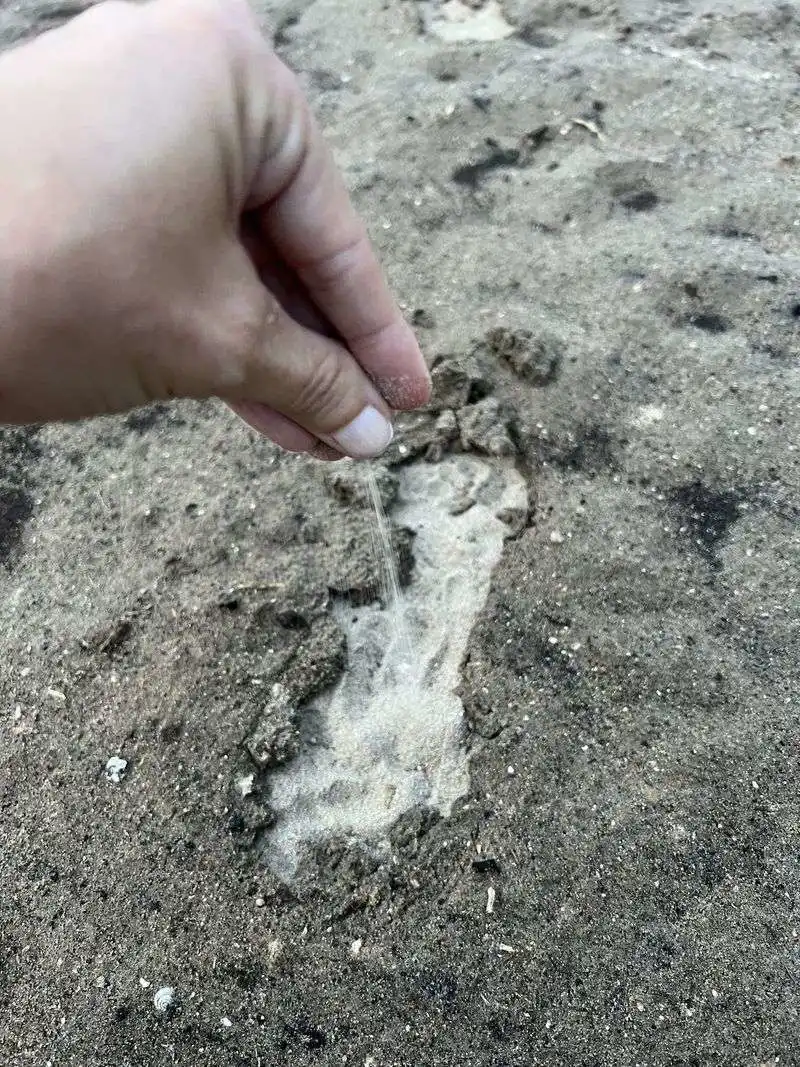
Sandy soil is often seen as a hurdle, but with the right approach, it can support healthy grass. Picture a beach transformed into a lush oasis. Sandy soils drain quickly and lack nutrients, but amendments like organic matter improve fertility and moisture retention. Choosing drought-tolerant grass varieties suits sandy conditions. Regular watering and fertilization sustain growth. The challenge lies in turning perceived weakness into an advantage. Embrace sandy soil’s potential by enhancing its structure and selecting suitable plants. This transforms a seemingly inhospitable environment into a thriving lawn that withstands dry conditions.
More Fertilizer Equals Better Growth
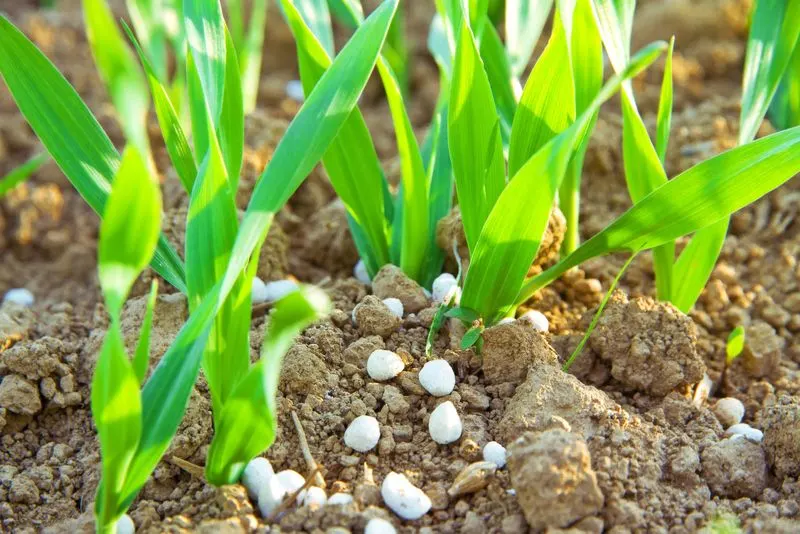
The notion that more fertilizer leads to better growth can backfire. Over-fertilizing stresses grass, causing burnt patches and environmental damage. It’s like overeating; too much of a good thing becomes harmful. Balanced nutrition, tailored to your lawn’s needs, is key. Conduct soil tests to determine nutrient levels before applying fertilizer. Slow-release formulas provide consistent nutrient supply without overwhelming roots. Timing matters; apply fertilizer during growing seasons for optimal absorption. The goal is healthy, sustainable growth, not rapid spurts. Proper fertilization practices lead to a resilient lawn, lush and vibrant, thriving in harmony with its environment.
Bagging Clippings is Necessary

Bagging clippings is a common practice, but it often proves unnecessary. Clippings decompose quickly, recycling nutrients back into the soil. Think of them as nature’s fertilizer, enriching the lawn naturally. This process reduces the need for additional fertilizer applications. Leaving clippings also cuts down on yard waste, promoting sustainability. Proper mowing ensures clippings aren’t too long, preventing thatch build-up. Embracing this method enhances lawn health and reduces maintenance efforts. Bagging should only be reserved for cases of disease or when the clippings are too long to decompose efficiently. Otherwise, let them feed your lawn naturally.
Myth: Talking to Your Grass Helps It Grow

Ever whispered sweet nothings to your lawn, hoping for a greener outcome? Some people believe chatting to their grass encourages healthier growth. While plants do respond to sound, your grass won’t thrive just from conversations.
Scientific studies indicate that vibrations and sounds can influence plant behavior, but the effect on grass is minimal. Instead, focus on proper watering and mowing techniques for optimal results.
If you enjoy talking to your grass, carry on, as it won’t harm it. Yet, remember that practical lawn care practices make all the difference. Keep nurturing your green oasis with tangible actions!

